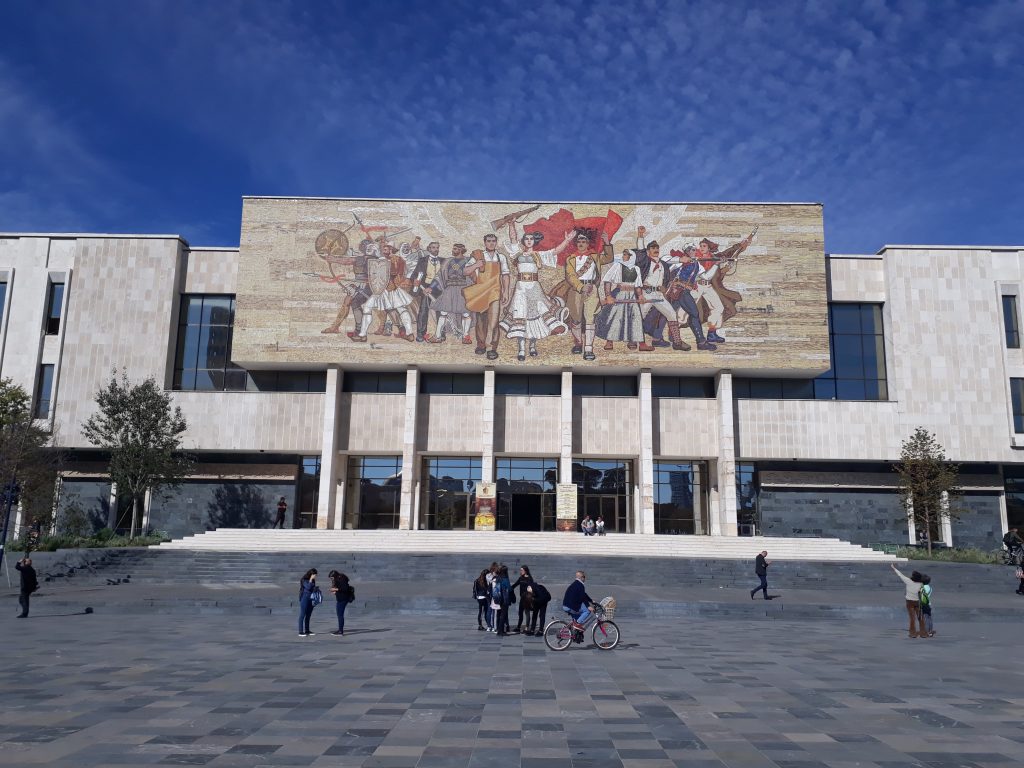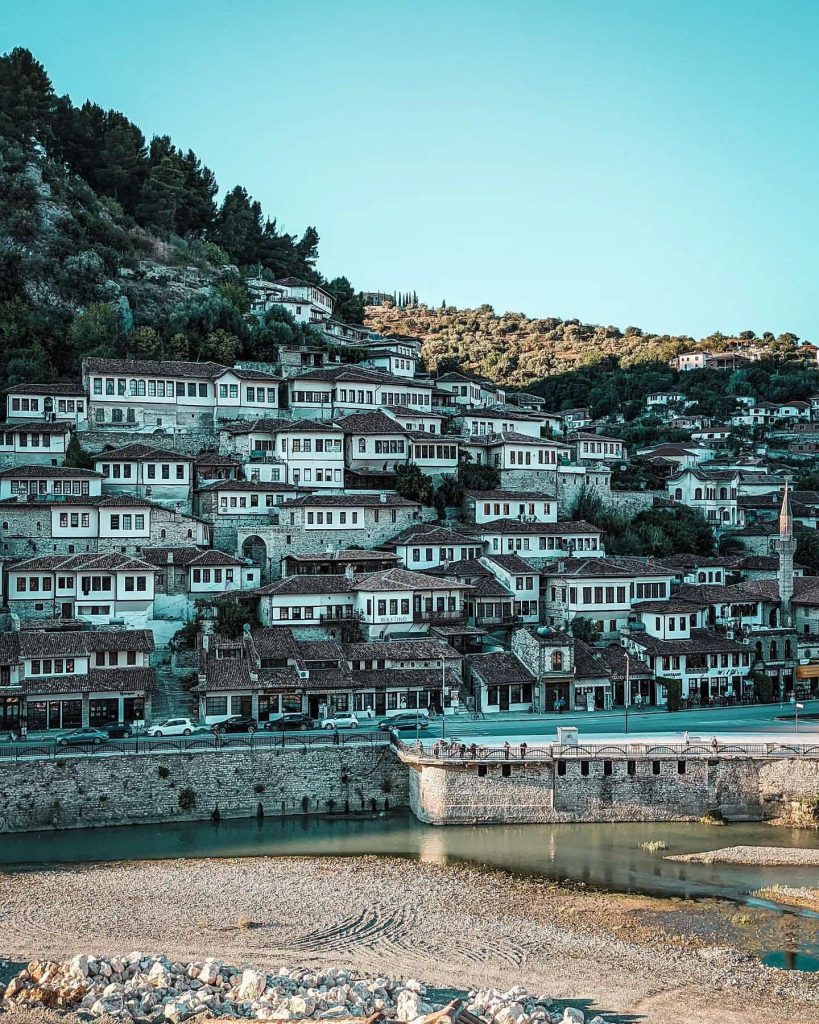Parks
Butrint National Park

Butrint National Park is one of the most important areas of our cultural, archaeological, environmental and tourist heritage of the country. The heart of the National Park is the Ancient City of Butrint, whose existence continued uninterrupted, from the prehistoric period to the Middle Ages, thus offering a variety of cultures and historical periods. Due to its high historical and cultural values, the ancient city of Butrint was initially selected as a Cultural Monument in 1948, in the law of Cultural Monuments of Albania. Whereas, in 1981 the Butrint forest was described by Albanian laws in conservation for the importance of the environment. In 1992, Butrint was recognized as the first archaeological site of the Republic of Albania in the UNESCO World Heritage List. Due to the civil unrest of 1997, the World Heritage Committee in December this year included Butrint on the World Heritage List at Risk. In July 1999, the Ministry of Culture applied to UNESCO for the expansion of the site, which was approved at the end of the year by the World Heritage Committee, which includes Butrint Bay. In 2000 Butrint was declared a National Park in state protection of the Butrint archeological site and UNESCO officially expanded the area from 20 ha which had previously been to 29 km². After a long and evaluative work by the Park and its collaborators in August 2005 the World Heritage Committee decided to remove Butrint from the World Heritage List at Risk. In November 2005 the Council of Ministers decided to expand Butrint National Park to 86 km². The boundaries of the Butrint National Park are: North: The connecting line Berdenesh-Kallmit-Qenuri, which passes through the agricultural lands of Vurg; East: Qenuri-Xarrë connecting line, passing through the ridge of Miles mountain; South: Xarrë-Shëndëlli-Vrinë connecting line, up to Stillo; To the West: The connecting line from Berdenesh to the state border with the Hellenic Republic, including the Ksamil Islands.
Museum
National History Museum, Tirana

The National history Museum was inaugurated on November 28, 1981. The country’s largest museum building occupies a total area of 27,000 m2 and has an exhibition area of 18,000 m2. The museum building stands out for a compact volume on a centrally composed square plan symmetrically in front of an atrium courtyard.
The National History Museum shows a pronounced taste for hermetism and tendentious monumentality, in full harmony with the aesthetic tinge and the general climate of the Hoxha regime.
A collection of 6200 archaeological treasures, artefacts and museum objects are showcased in its premises, with a majority of them dating back to the IV millennium BC, up to the second half of the XX century.
Here you can visit: Ancient Pavilion, Medieval Pavilion, Albanian National Renaissance Pavilion, Independence Pavilion, Icon Pavilion, LANÇ Pavilion, Communist Persecution Pavilion and Mother Teresa Pavilion.
Opening hours: Monday — Closed
Tuesday – Saturday — 10:00 – 17:00
Sunday: 09:00 – 14:00
The museum city of Berat is a world cultural heritage site
The museum city of Berat is a world cultural heritage site (traditional historic neighbourhoods like Mangalem, Gorice and Castle, the Onufri National Iconographic Museum and other galleries, museums, churches and mosques). Berat has been inscribed on the UNESCO’s World Heritage Site list since 2008. In 2010, the majority of international tourists to visit Berat came mainly from the Western Europe, namely from France, Great Britain, Italy and Germany (55%), and Albanian nationals living abroad (29%).



